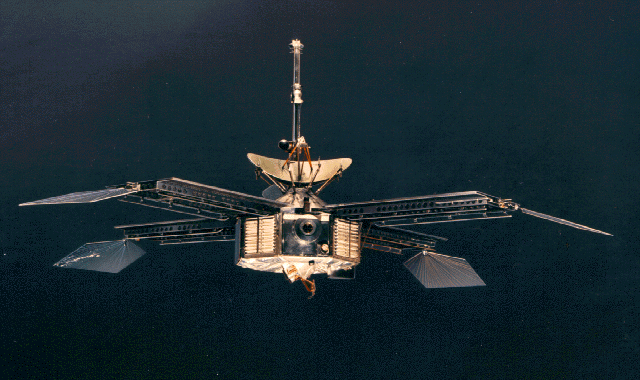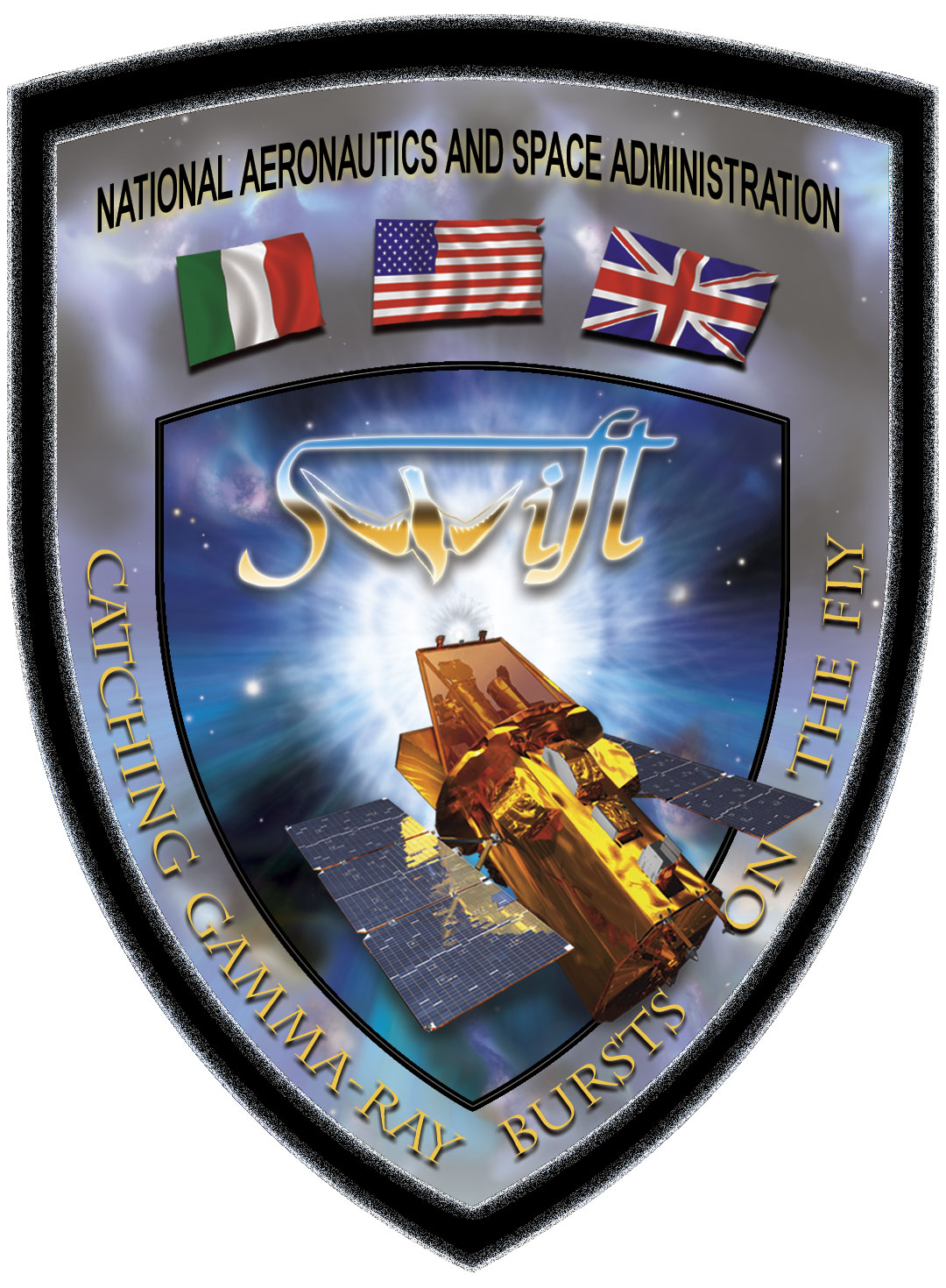Thirty-five years ago today — December 18, 1974 — the first European-built communications satellite was launched aboard a Thor-Delta rocket from Cape Canaveral. Symphonie-1 was a cooperative French-German spacecraft, as detailed on this Wikipedia page. (Note that the page lists the launch as December 19th because it’s based on UTC — what used to be known as Greenwich Mean Time — but it was still the 18th on the East Coast of the US.)
And 10 years ago today, an Atlas-2AS rocket launched Terra, a joint US-Japanese-Canadian weather satellite, from Vandenberg AFB.

(Terra launch. NASA image.)
Terra was “the first of a series of large satellites meant to monitor the health of our planet” by monitoring cloud formation, radiation balances, and aerosols in the atmosphere. As the NASA web site puts it, “Terra’s primary mission is to answer the question: How is the Earth changing and what are the consequences of change for life on Earth?”
This page shows some interesting comparative images taken by Terra.















